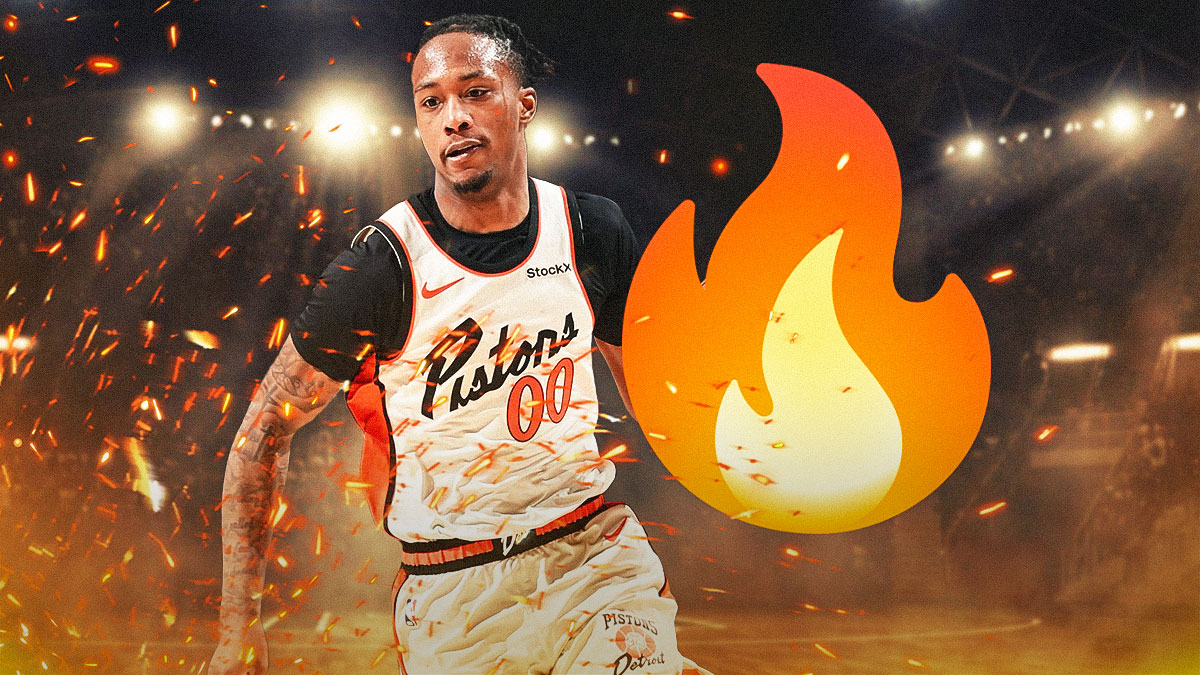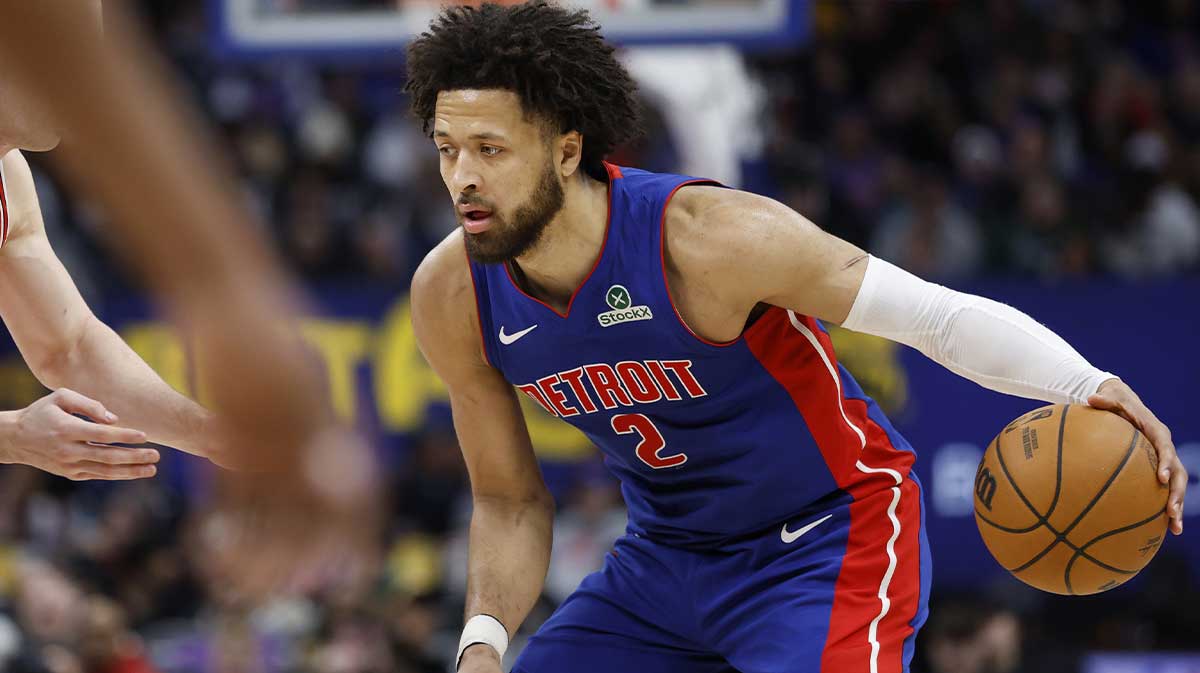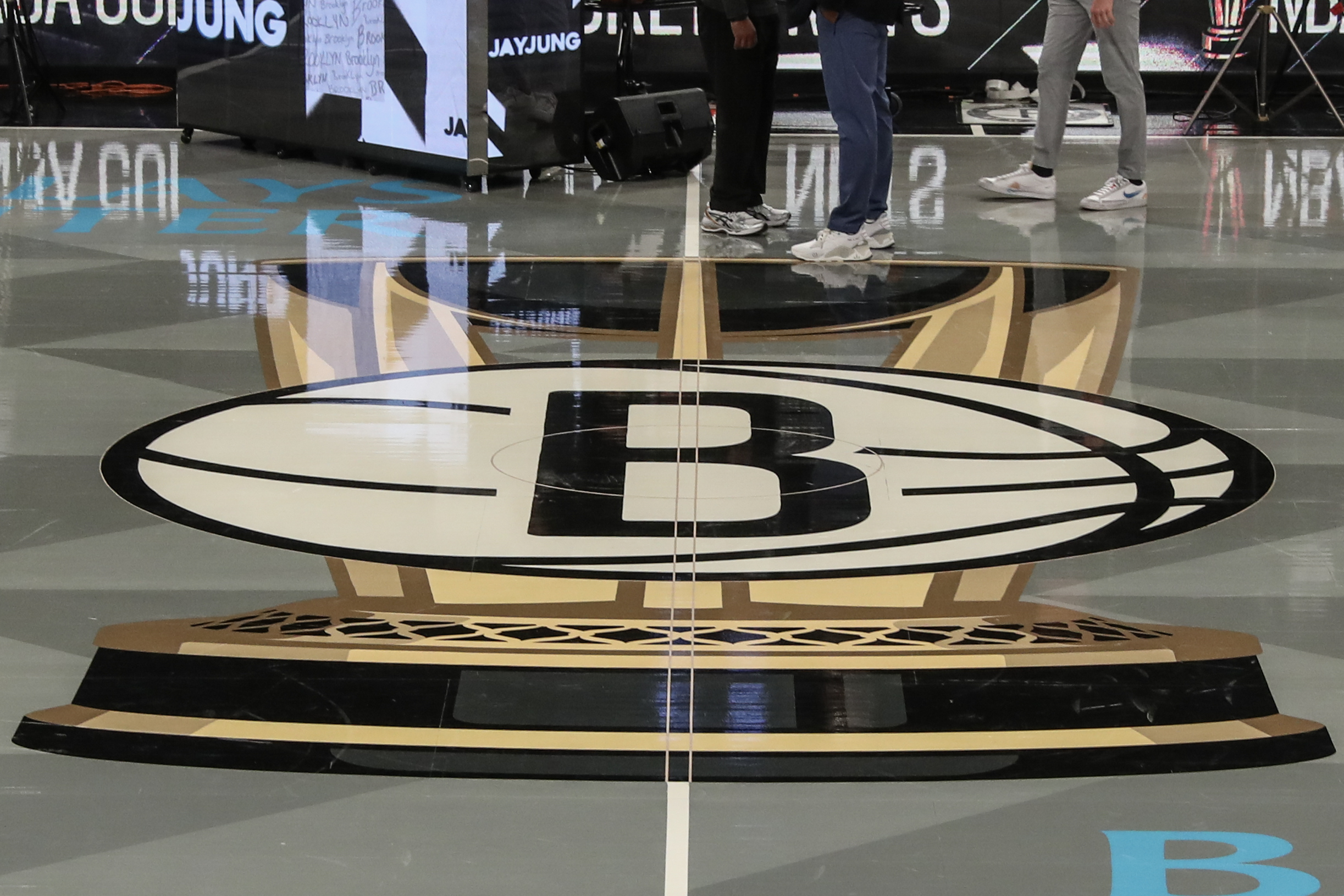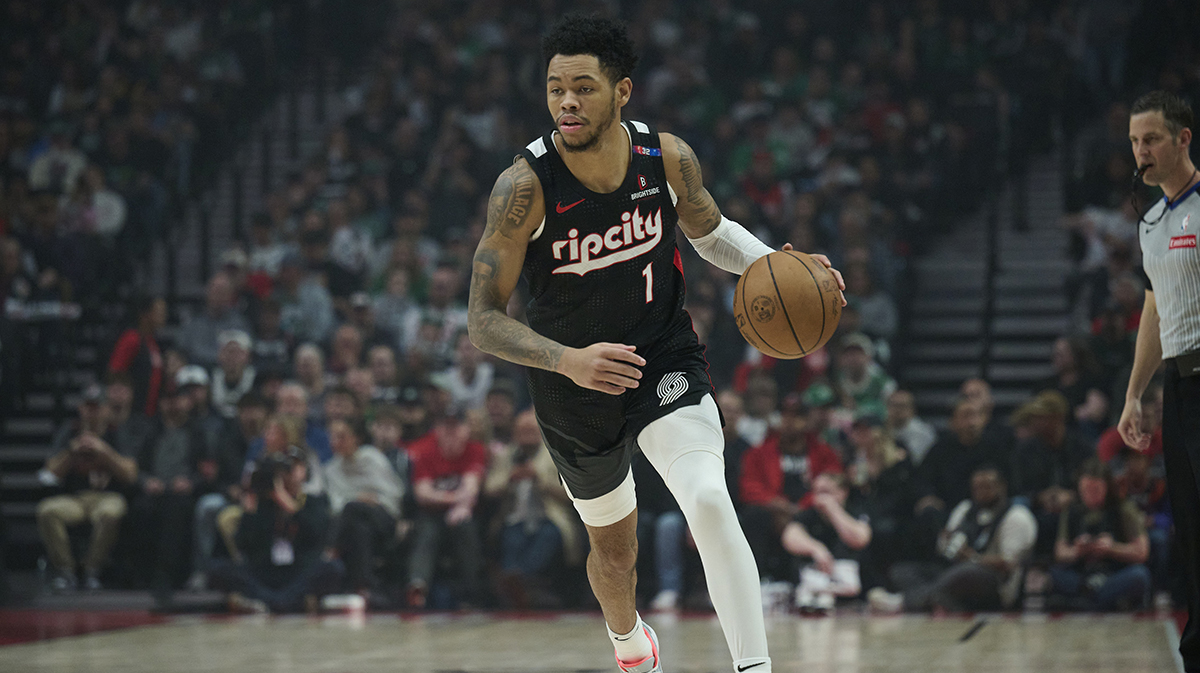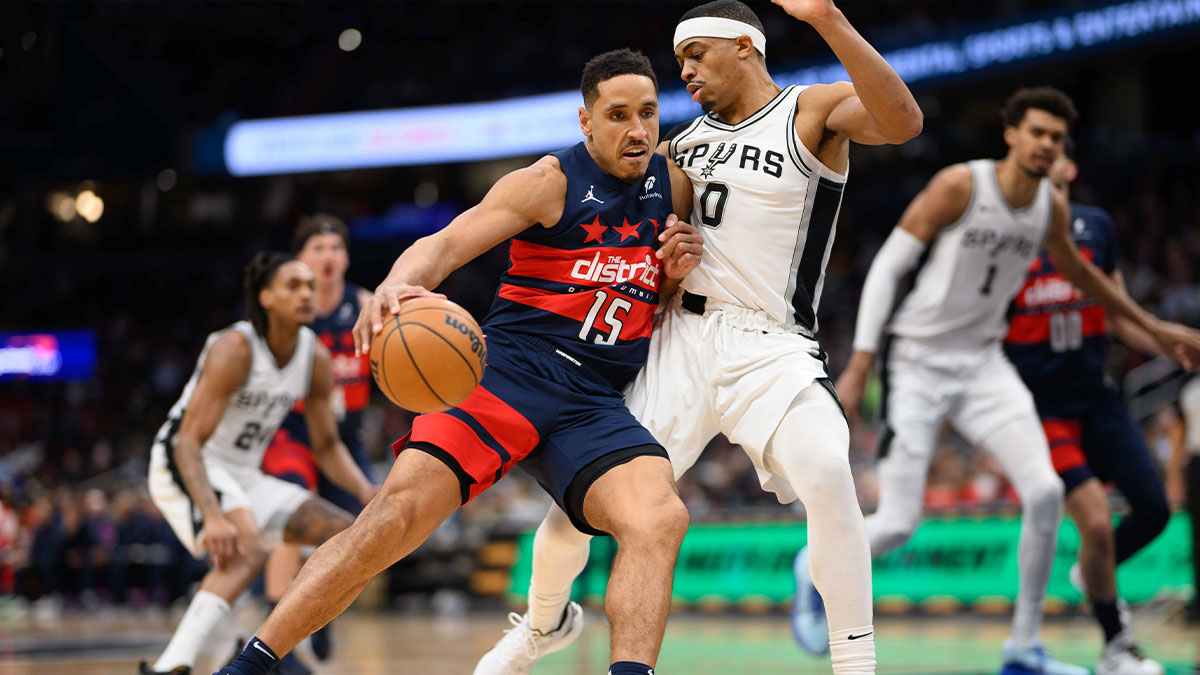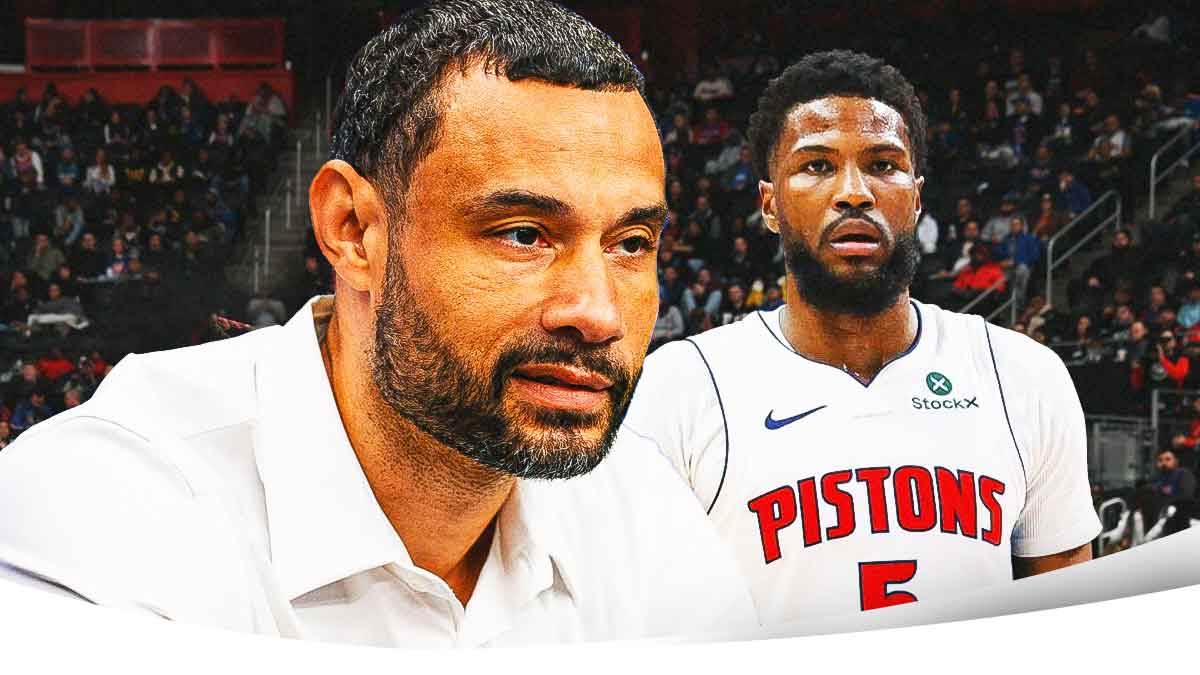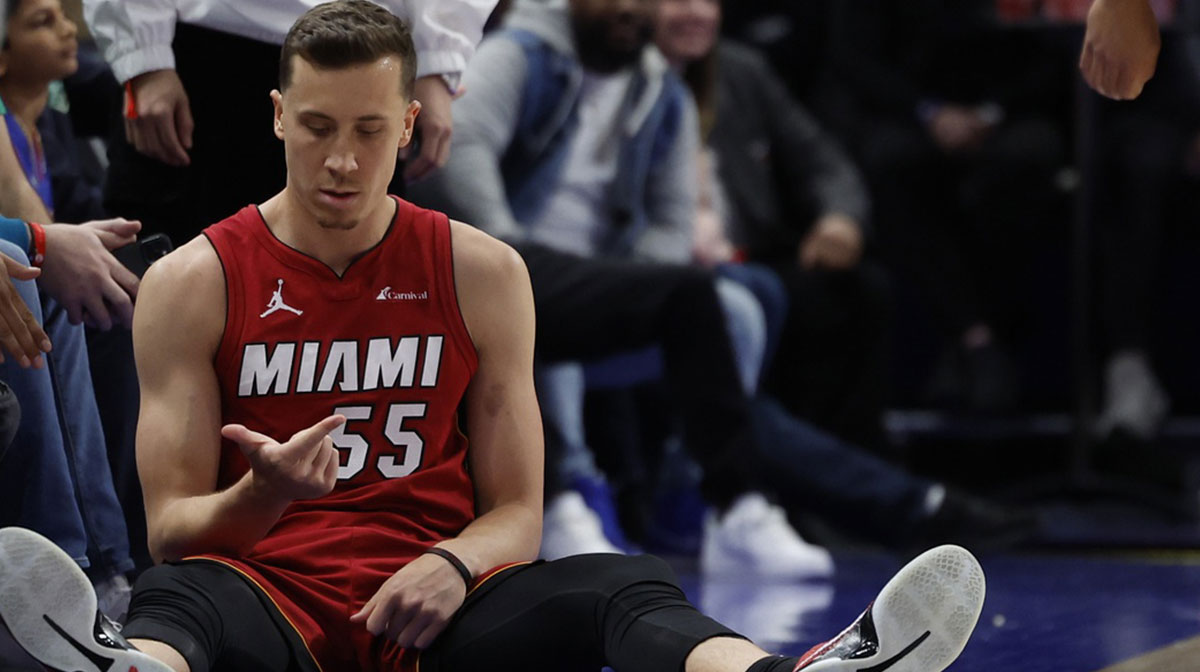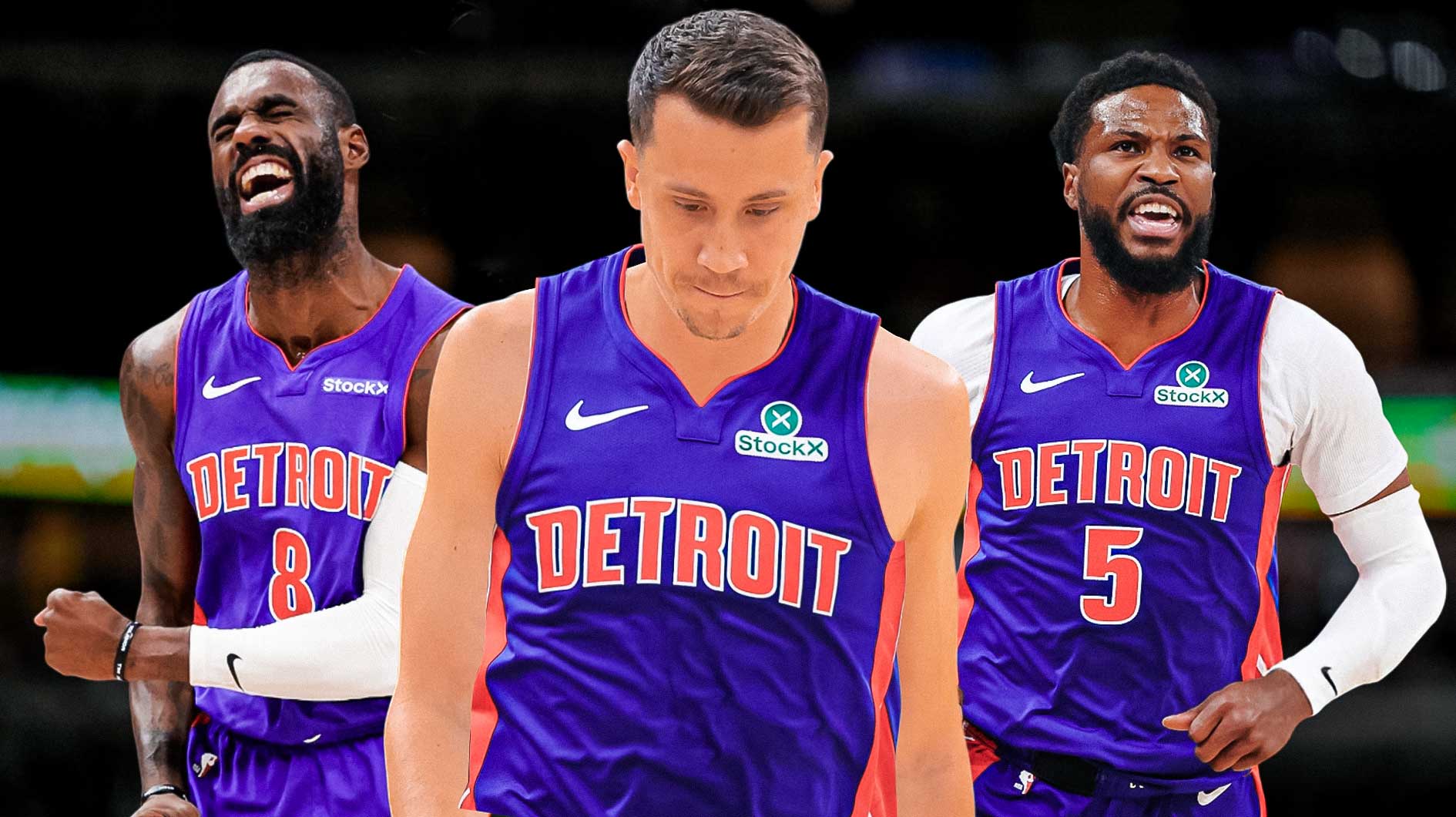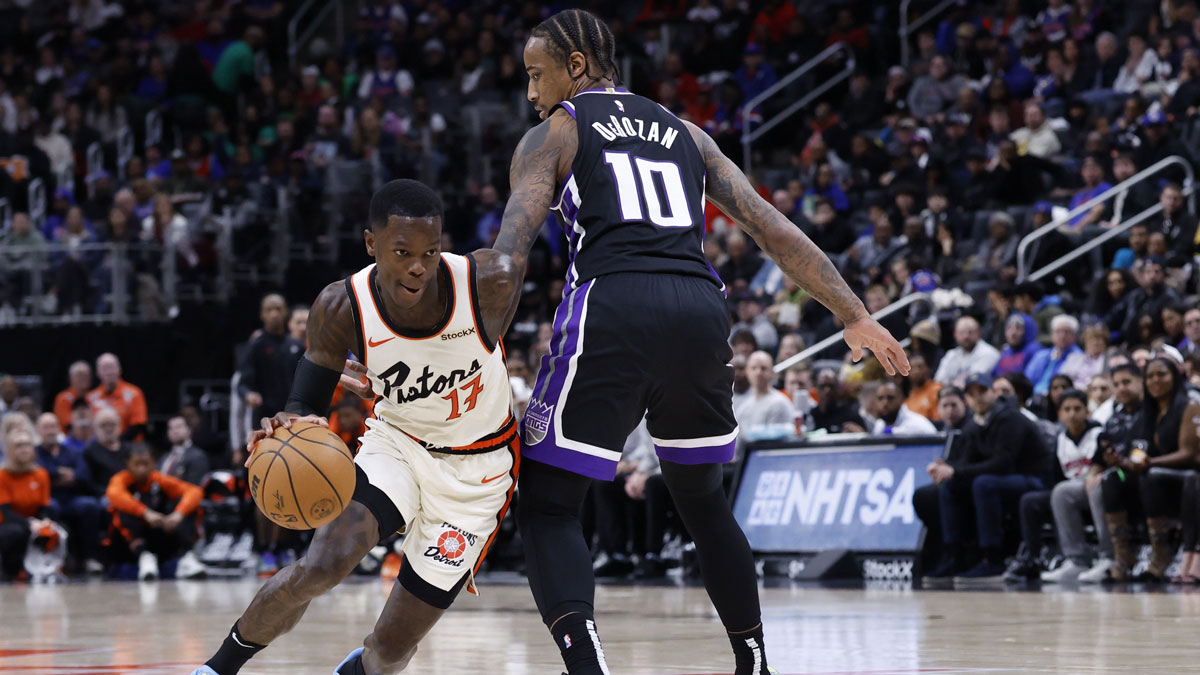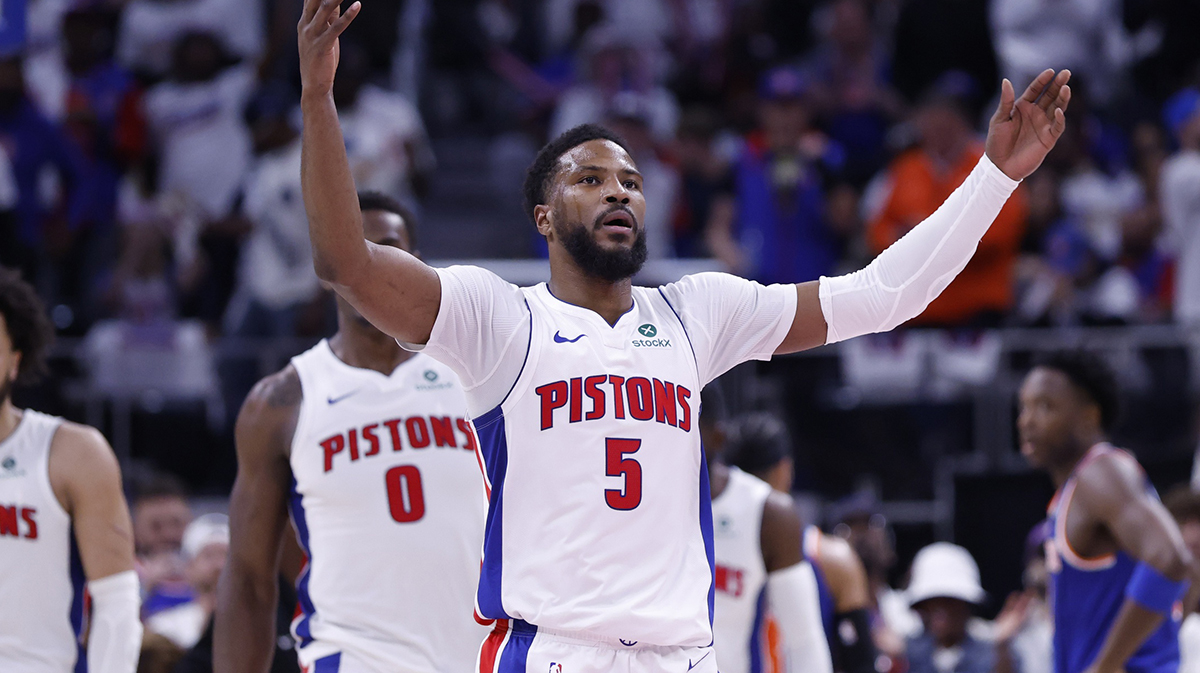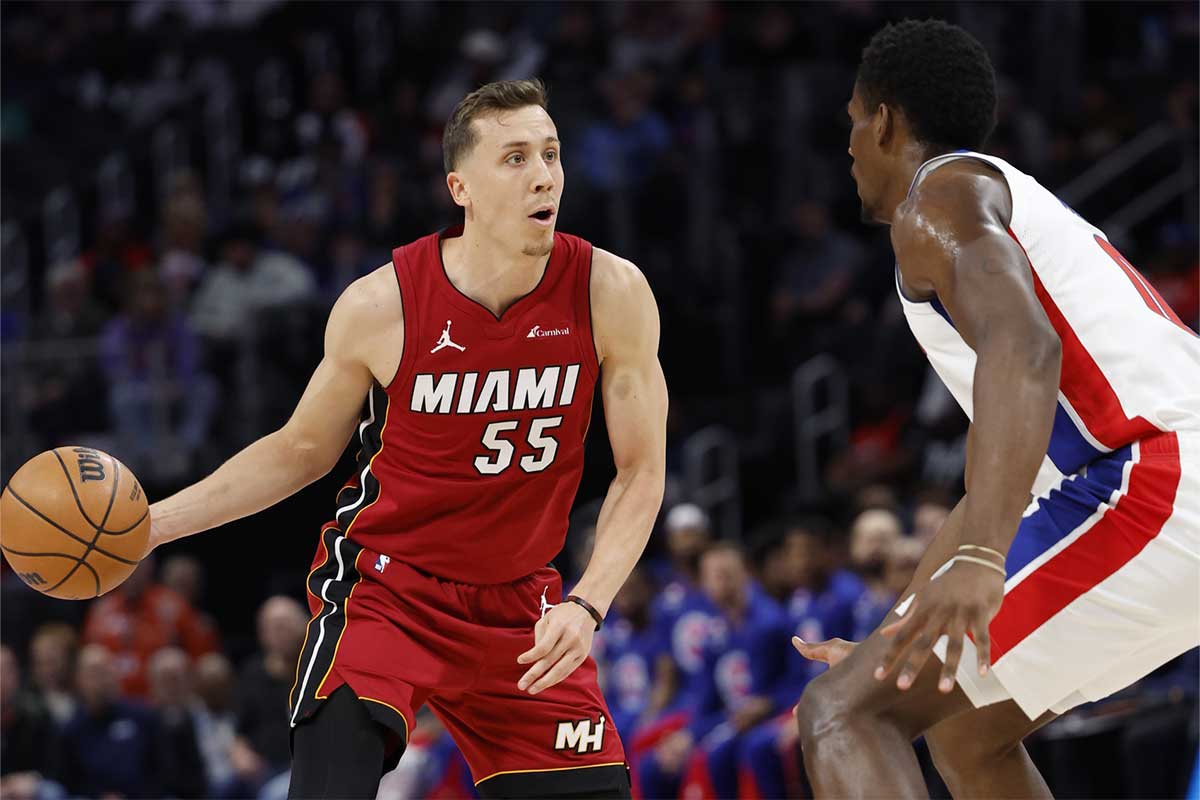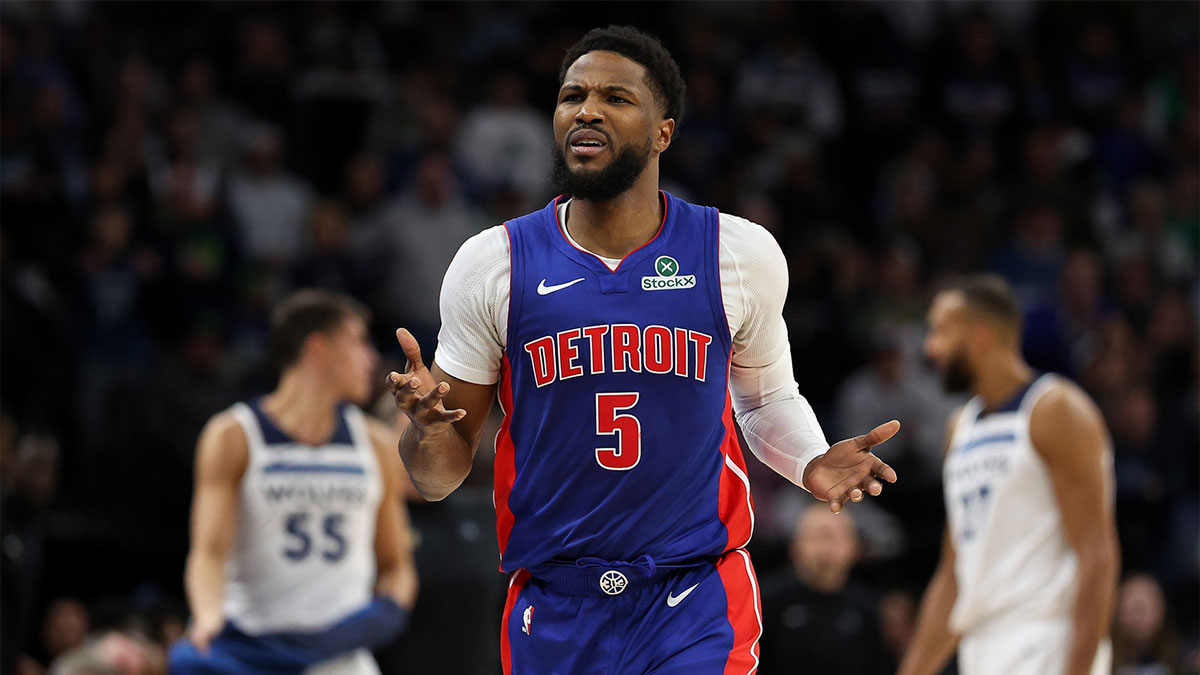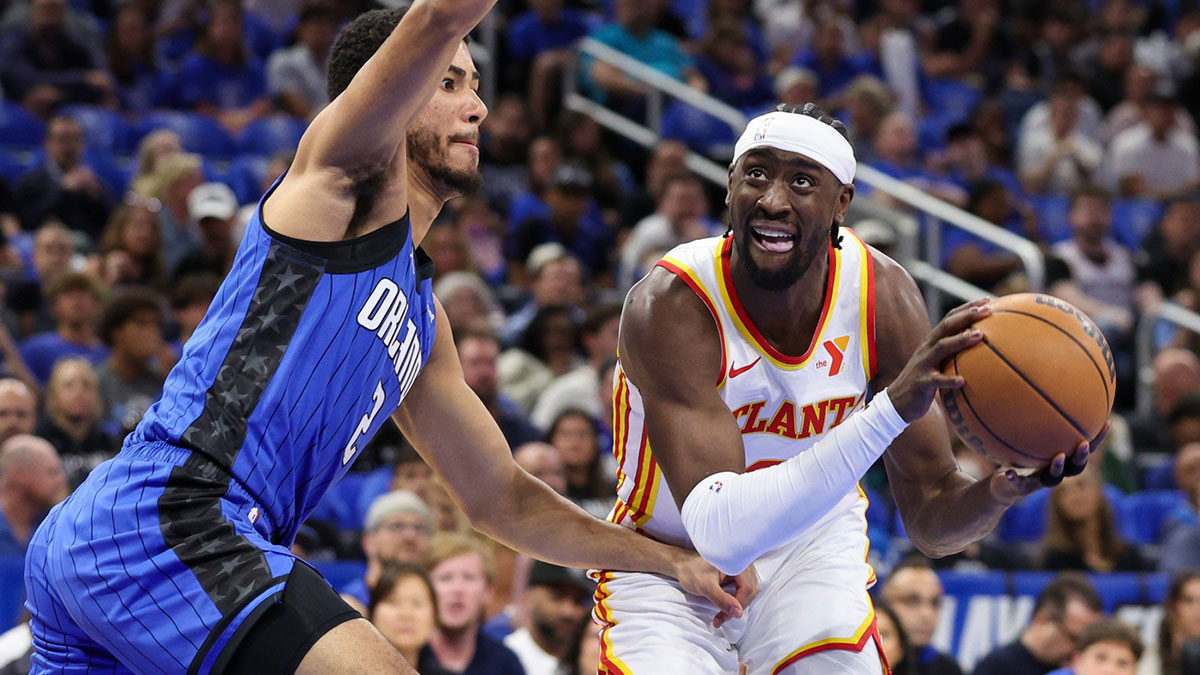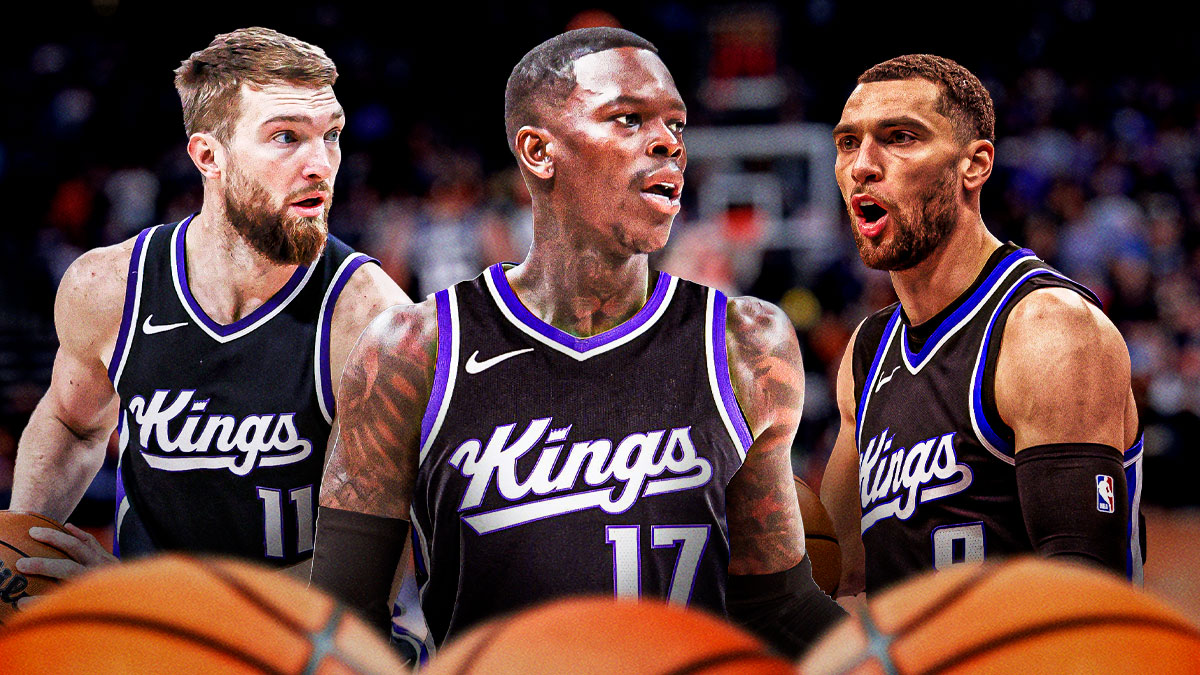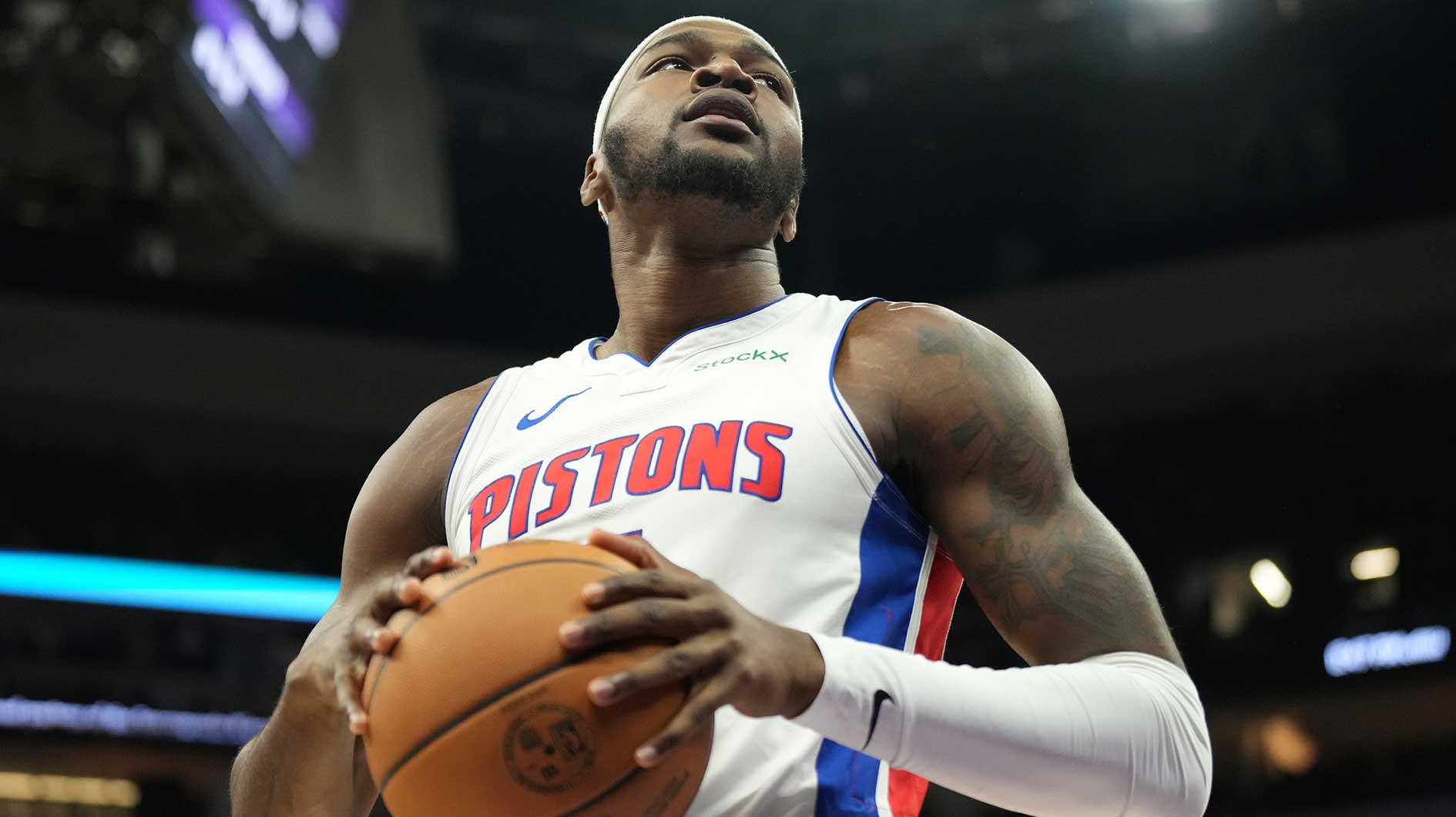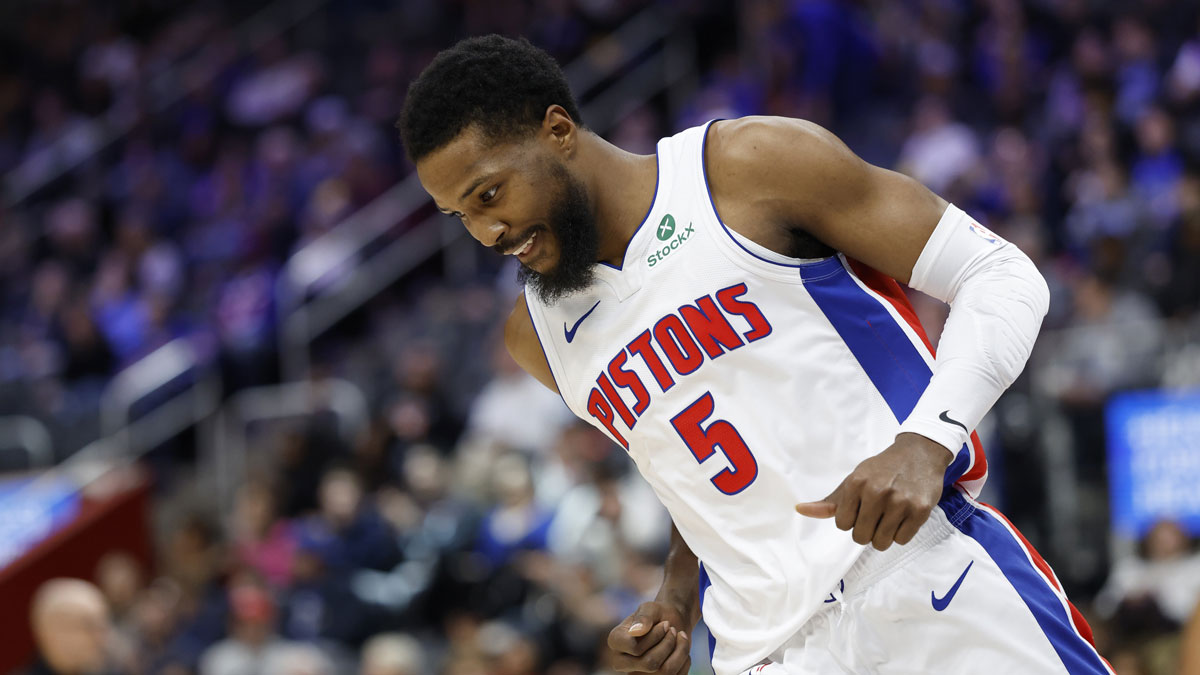On the day of February 6th, 2019, the day of the trade deadline, the Detroit Pistons found themselves at 19-34 and 10th in the Eastern Conference.
The team is 3.5 games out of the eighth seed, but they're also 5.5 games out of the last place in the conference.
Ed Stefanski and the Pistons were faced with a decision to make.
Detroit was at a crossroads. Does the Motor City sell their assets to start a new direction and rebuild immediately? Or do they ride this season out then make future altering decisions in the offseason?
The emergence of young players Bruce Brown, Svi Mykhaliuk, Christian Wood, and Sekou Doumbouya made many following the team think it was an easy decision. Trade your veteran assets and make room for your younger players to play even more.
The team hasn't won a playoff game since the days of Chauncey Billups and Richard Hamilton, over 10 years now. A proper rebuild with younger players has never happened, and just about everyone believed this was the time to finally do so.
It seemed like the front office agreed; as trade rumors for Andre Drummond, Derrick Rose, Morris, and Langston Galloway had been gaining steam as the trade deadline got closer.
However, on the day of the trade deadline, none of these players had been traded yet.
And just minutes before the deadline had come, a trade was finally made.
Not involving Morris, who was taking minutes from Doumbouya and Wood.
Not involving Rose, who was taking minutes from Brown.
Not involving Galloway, who was taking minutes from Mykhaliuk.
Drummond, who has been the face of the franchise for eight years and is currently clogging up zero young players pathway to minutes, was traded to the Cleveland Cavaliers.
Trading Drummond wasn't surprising. The team needed to go in a new direction and Drummond kept that team in a somewhat competitive status. Getting assets for your best player is almost the first move to make in a rebuild.
So, what did Detroit get?
Oh, two expiring contracts and a second-round pick in 2023.
The Pistons basically got zero assets for their best player.
The immediate thought of many was, “okay, this must mean the front office wants to sell everyone right now and invest in their younger players.” This would make some sense and the general public would accept this kind of direction.
However, as the deadline cutoff rolled around…
No other trades were made by the Detroit Pistons front office.
The Pistons just traded their best player, who was clogging up zero pathway to minutes for the younger players, for no assets and traded no one else. Yes, that means the younger core of players is still blocked in playing time behind the veterans who are on a middling team for almost no reason.
To make matters worse, the Pistons traded a two-time All-Star and one-time All NBA member for a future second-round pick in the 50-60 range of the draft. Most reports pointed to Drummond's player option at the end of the year was a cause of concern for anyone interested.
Contending teams likely wanted a rental for this year, but the possibility of an opt-in scared them away. Rebuilding teams likely wanted long-term commitment, but the possibility of an opt-out scared them away.
The general consensus was Drummond's value would shoot up if he opted-in this offseason, as he would be an actual expiring and teams would have a full season with the center instead of just two months.
So, why didn't the Pistons stay patient and wait for the moment?
The possibility of Drummond opting-out and losing him for nothing scared them, you may say. Well, that would make sense if you were taking the risk and passing up an asset currently.
That would make complete sense and no one would question the decision.
However, a second-round pick in 2023? To make it worse, the pick the Pistons receive will be the worst possible second-round pick of three held by the Cavaliers in 2023; basically, very likely to be in the last 10 picks of the draft.
Taking the risk that Drummond opts-out and losing him for nothing, or hoping for opt-in and cashing in on increased value, is absolutely worth more than the 53rd pick in the 2023 NBA Draft.
It makes close to zero sense.
The only way this would make sense is if the Pistons shipped out the rest of the veterans and committed completely to their young core the second-half of the season.
The inside talk right after the deadline ended was teams started to lose all interest in trading for the Pistons veterans, which would explain why only Drummond was traded.
However, that turned out to be completely false.
Stefanski, the consultant who acts as the GM for the Pistons, held a conference today. When asked about why the veterans were not traded, Stefanski said this:
“We could have gotten second-round picks, maybe in the 40's, but what name can I put that to?”
Hold on there, Mr. Stefanski.
The logic behind not settling for low trade offers and making a trade just to make a trade is something many can get behind.
But…
The same second-round picks that you refused to trade your veterans for, is the exact same second-round pick you traded your best player for?!
Actually, no it isn't. Stefanski said those potential picks would be in the 40's…
The second-round pick from the Drummond trade is expected to be in the 50's, so actually, you would've gotten better value on the veteran's potential trades than you did with Drummond.
So, the Pistons are now pretty much the exact team for the rest of the season, minus their best player. A middling team playing a bunch of veterans, spiced in with some younger players who won't receive their full minutes due to said veterans on the roster.
The thought of trading Drummond before the deadline was to start a rebuild and go into a new direction; a process that would take a few years to construct behind promising young player Doumbouya.
Wanna know what this Drummond trade opens up? Cap space this summer!
There are only two reasons this front office would pass up the opportunity of Drummond's value if he were to opt-in this summer:
One, the current offer at the deadline was too good to risk losing him for nothing… Which it wasn't.
Two, they badly wanted the cap space for THIS specific off-season.
Figuring that the first option is not possible, that leaves option number two.
Now, why would a rebuilding team desperately want that much cap space for this upcoming off-season?
From a Bleacher Report article on January 7th:
“The Detroit Pistons have reportedly locked in on Fred VanVleet as a target in July's free-agency period.
James Edwards III of The Athletic reported Tuesday that the Pistons view VanVleet as someone who can shore up their struggling guard rotation.”
Oh…
To throw the bag at a veteran point guard and build a competitive team, not rebuild.
En route to embodying the word insanity over the past 10 years, the Pistons passed up an opportunity to actually get value for their best player. Instead, they gave him away for free.
They kept veterans, who were could've net equal or better value than Drummond did, blocking younger players minutes.
Oh, and they very nearly traded their best young player in Luke Kennard a few days before.
The front office was supposed to pick a direction at the trade deadline.
Instead, they've stayed at the same crossroads they were at before…
Minus their best player and best asset.

